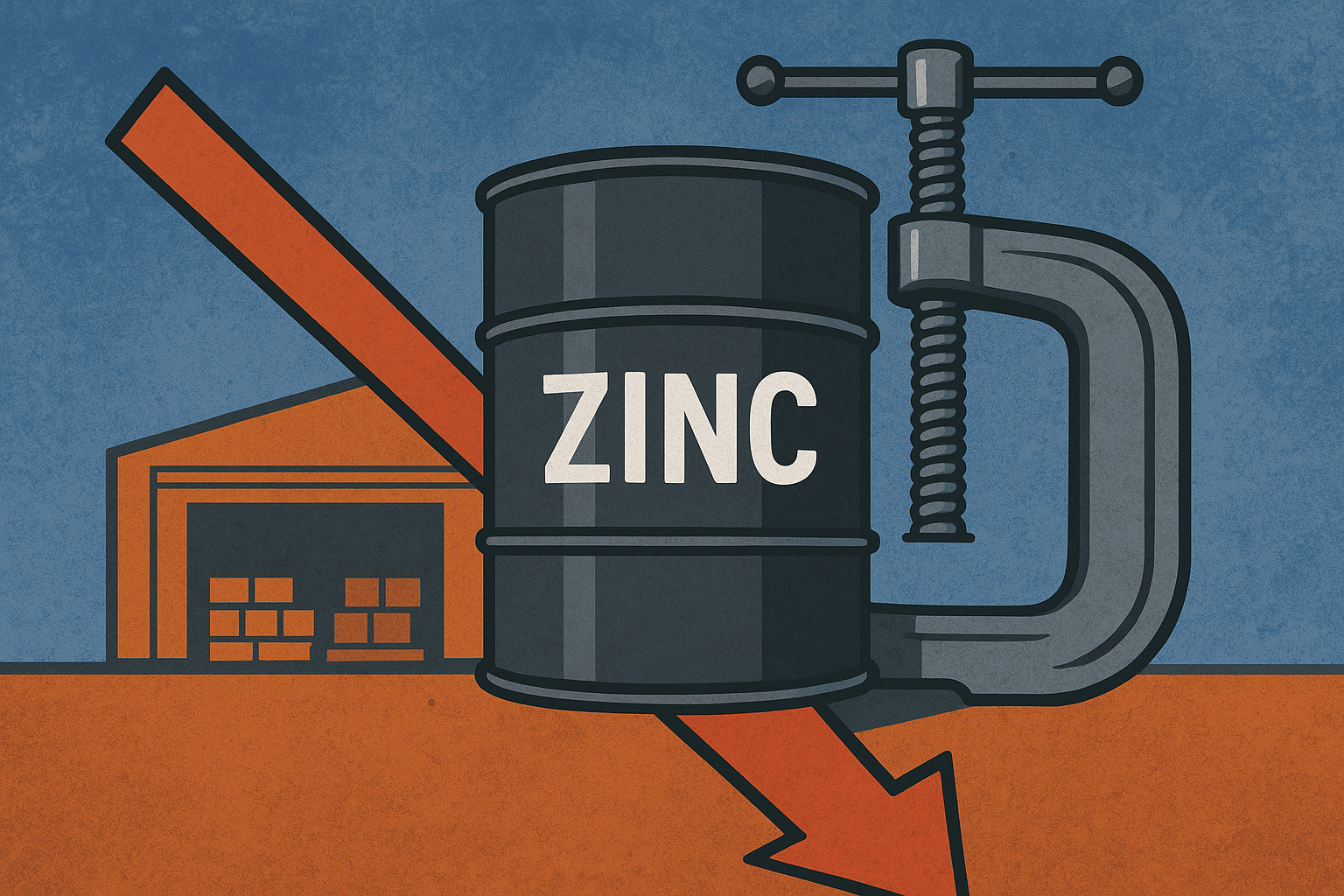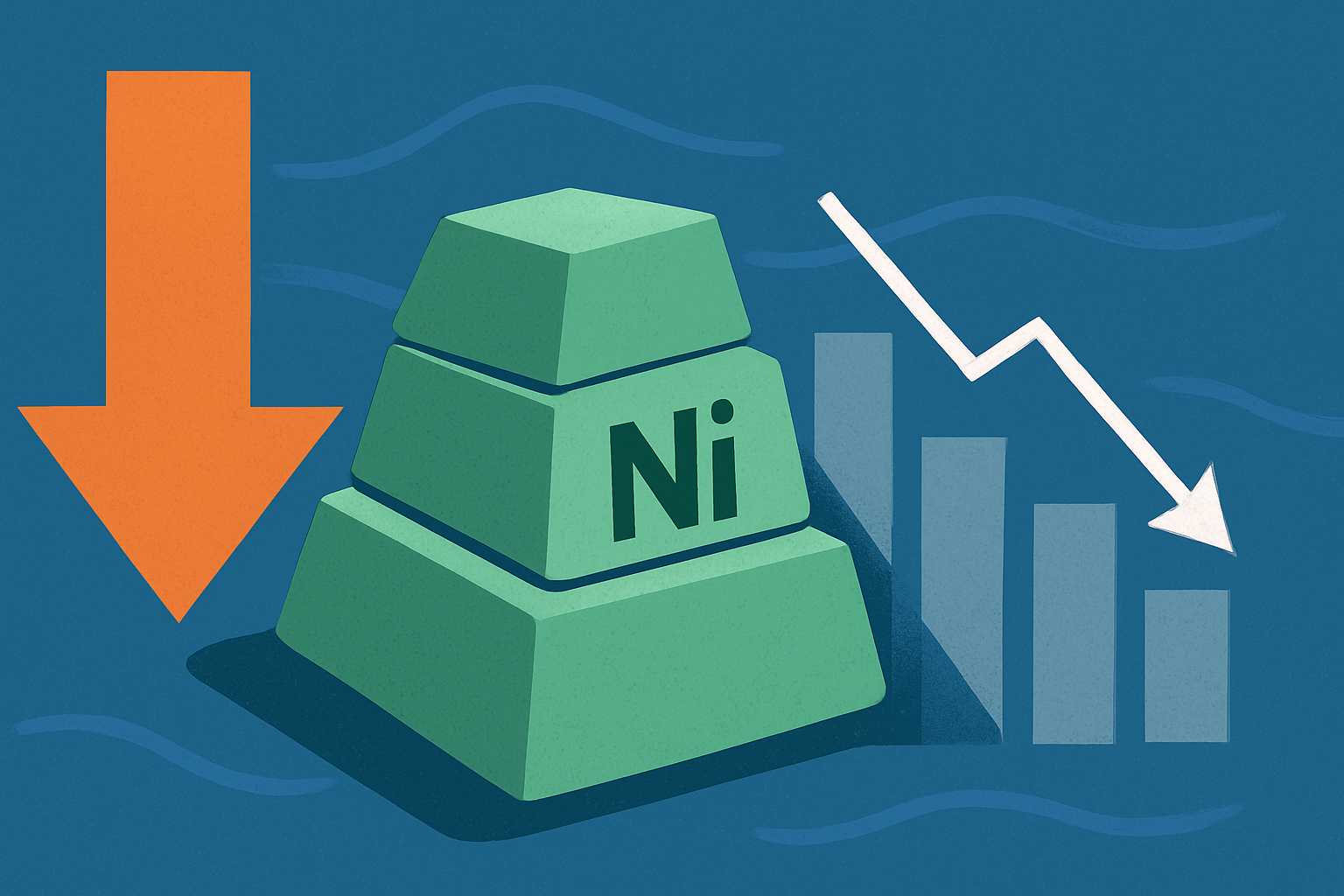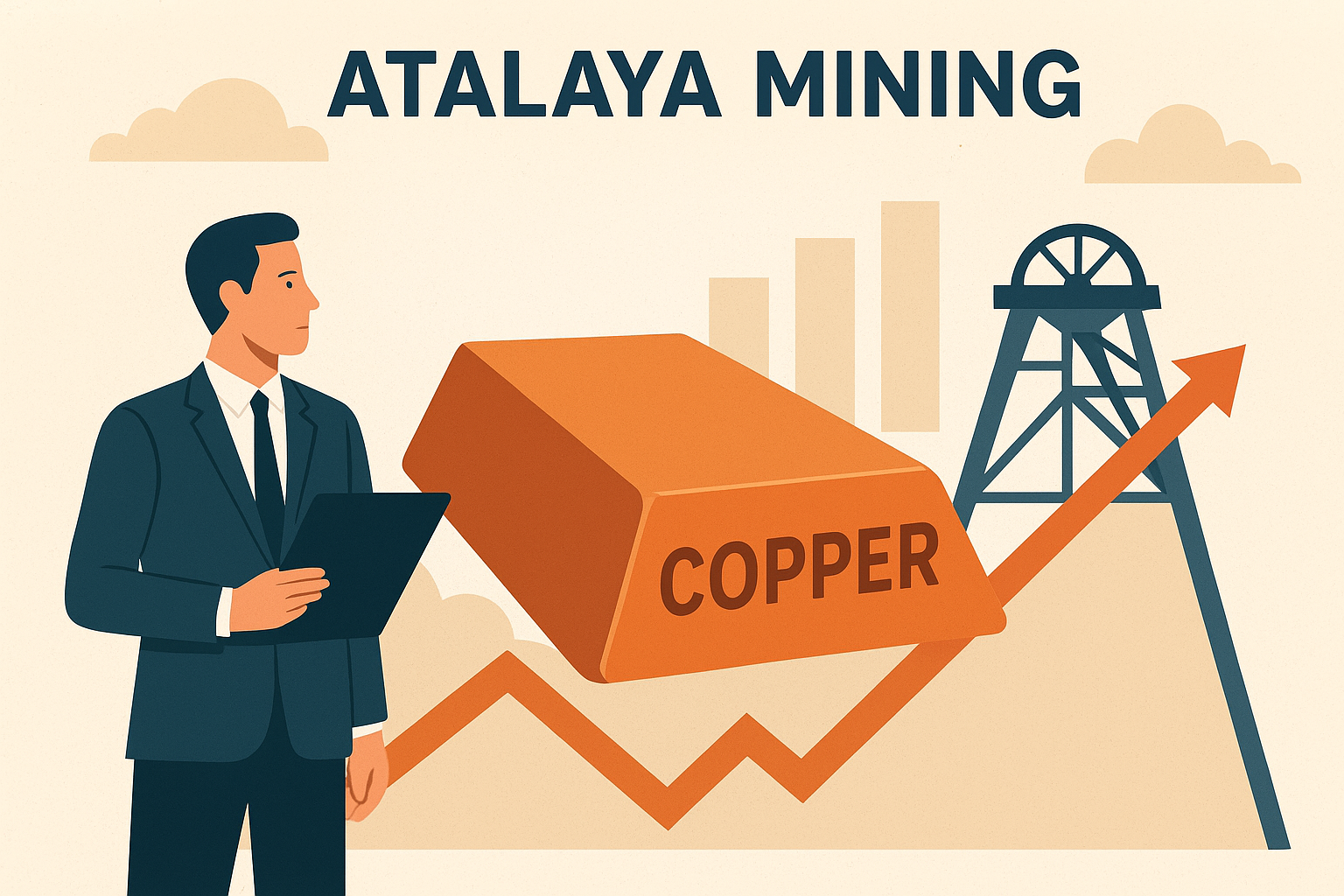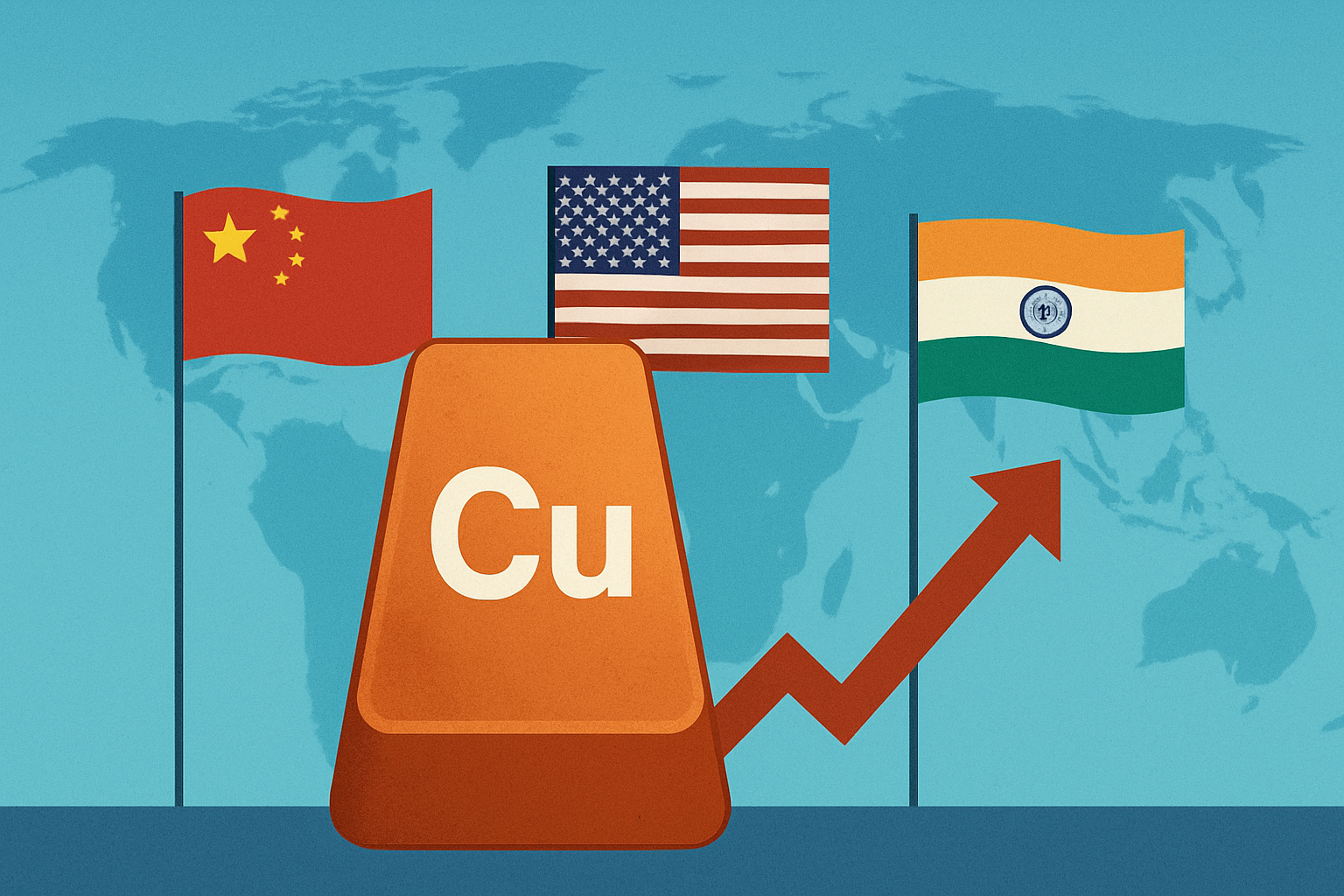The zinc market has erupted into one of the most dramatic commodity squeezes in years — a situation that’s sending shockwaves through trading desks, metal producers, and investors worldwide. With inventories at the London Metal Exchange (LME) plunging to just 35,300 tonnes, enough to cover barely a day of global consumption, traders are facing unprecedented tightness. The supply crunch has driven spot contracts to trade at extraordinary premiums over futures — a classic sign of acute physical shortage and investor anxiety.
According to Reuters, this rare supply squeeze has triggered “massive backwardation” across the zinc curve, forcing short sellers into heavy losses as they scramble to secure physical metal for delivery. For investors, it’s a wake-up call: zinc, often overlooked next to copper or nickel, is suddenly at the center of a high-stakes metals battle that could reshape near-term pricing trends.
Zinc’s Tightrope: From Market Calm to Controlled Chaos
The LME’s official data shows that global zinc stocks have fallen to their lowest levels in over two decades. Such tightness typically reflects either strong industrial demand or disruptions on the supply side. In this case, it’s a combination of both.
Production setbacks in key regions like Europe and China, coupled with steady demand from galvanizing and construction industries, have tightened supply chains. Meanwhile, speculative short positions — traders betting on lower prices — have found themselves trapped in a short squeeze as inventories vanished faster than expected.
“Zinc is now the most backwardated of the major base metals,” noted analysts at Share Talk, who highlighted that the cash-to-three-month spread has widened by more than US$300 per tonne, an extremely rare move for the metal. This means traders willing to deliver zinc today are being paid a massive premium — a clear indicator that physical supply is all but dried up.
Why This Matters for Investors
For investors tracking base metals, this development isn’t just another trading anomaly — it’s a signal of deeper structural imbalance.
Zinc is critical for steel galvanization, a key input for construction, infrastructure, and automotive manufacturing. Any sustained shortage could push up costs across these sectors and ripple through related equities.
Moreover, the squeeze highlights the fragility of global metal logistics. The LME has already been under pressure to restore confidence after last year’s nickel volatility, and another bout of extreme price movement could deter industrial users or prompt regulatory scrutiny.
Short-term traders may see opportunity in the volatility, but for long-term investors, the key lies in identifying quality zinc producers with stable operations and cost advantages. Companies with exposure to Tier-1 assets in Canada, Peru, and Australia could be positioned to benefit if zinc prices remain elevated.
Market Context and Expert Commentary
According to Reuters, zinc’s rapid price swing is “one of the sharpest in recent years,” with LME cash contracts outperforming most other metals since mid-October. Benchmark zinc prices have surged above US$2,900 per tonne, while miners and smelters scramble to assess inventory pipelines.
Industry experts suggest this tightness could persist into Q4 2025, especially if smelter output remains constrained. “We’re entering a period where zinc is structurally undersupplied — not because demand is soaring, but because supply hasn’t kept up,” said a London-based metals strategist in comments to Bloomberg. “That creates opportunities, but also immense volatility.”
Future Trends to Watch
- Inventory Rebuild Timing – Watch for updates from the LME on warehouse inflows. A rebound in inventories could ease backwardation and pull prices lower.
- China’s Smelting Margins – Beijing’s energy policy decisions and smelter activity levels will heavily influence the supply outlook.
- Macroeconomic Impact – A slowdown in global construction or steel production could quickly neutralize the rally, turning this squeeze into a short-lived spike.
- Investment Rotation – If zinc prices stay strong, investors may rotate toward base metal ETFs or miners with diversified zinc exposure, such as Teck Resources or Glencore.
Key Investment Insight
The zinc squeeze underscores a classic commodity investing truth — supply shocks can create sharp, temporary price dislocations that reward well-positioned producers but punish leveraged shorts. For investors, the message is clear: volatility equals opportunity, but only for those who manage timing and risk.
Given current fundamentals, investors may consider selective exposure to zinc-focused miners or ETFs while monitoring LME stock data and spot-futures spreads. A reversal in backwardation or increase in warehouse inflows could signal the rally’s end — making disciplined exit planning essential.
Stay Ahead of the Market
As the zinc market continues to make headlines for all the right (and wrong) reasons, investors should stay alert to supply-side developments and policy shifts that could define pricing in the months ahead.
For daily updates and expert insights into commodities, critical minerals, and exploration trends, follow ExplorationStocks.com — your trusted source for investor-driven financial news and market intelligence.






